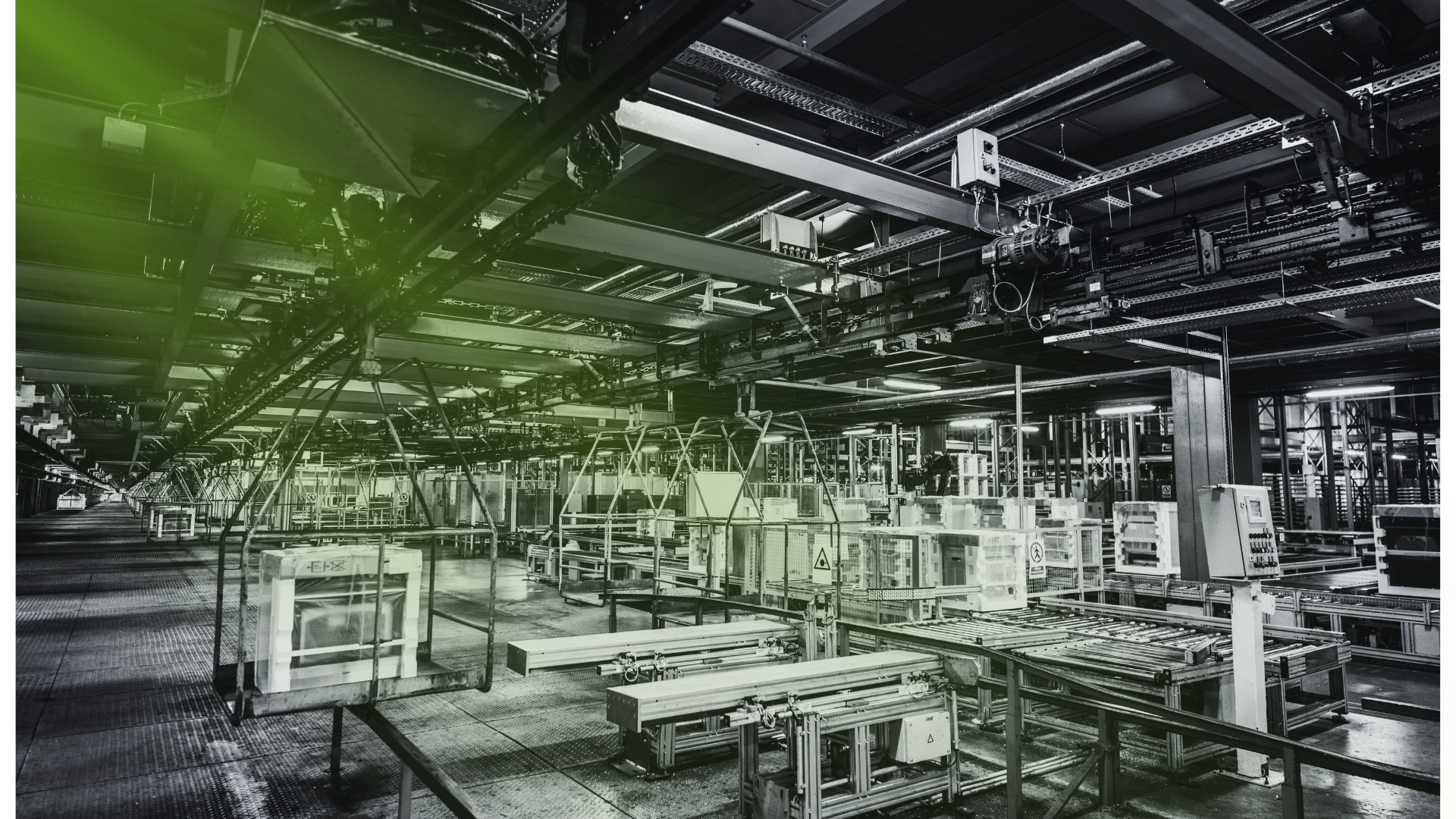The shift toward electric vehicles (EVs) is no longer a forecast, it’s a structural transformation underway across the global automotive industry. For senior leaders in OEMs, tier-1 suppliers, and component firms, this spike in EV manufacturing brings both enormous opportunity and existential risk. At Technical Network, we see first-hand how talent, capability, and leadership decisions are becoming the strategic differentiators between winners and also-rans.
The spike in EV Manufacturing – what’s driving it?
Global & UK market trends
- In 2024, electric car sales surpassed 17 million globally, growing more than 25% year-on-year.
- In the UK, EVs now account for roughly 20% of new car registrations.
- Forecasts suggest the UK may produce 1 million Battery Electric Vehicles (BEVs) annually by 2035, with potential upside to 1.3 million.
- However, total UK vehicle production is expected to decline in 2025 to about 839,000 units before rebounding.
These figures point to a major structural shift: EVs are moving from niche to mainstream, and production footprints are being reshaped accordingly.
Supply chain and component pressure
The rise in EV manufacturing is placing new demands on battery supply chains, power electronics, thermal management, software and control systems, and materials engineering. Many of these domains have historically been underinvested in legacy internal combustion engine (ICE) supply chains.
Challenge of skills and capability gaps
One bottleneck is talent. The UK, like many advanced economies, faces a shortage of engineers, control systems specialists, battery-manufacturing expertise, and software/firmware teams to support EV architectures.
What this means for senior leaders in automotive
If you’re a CEO, CTO, COO, or other senior executive in the automotive space, the EV ramp-up mandates a rethinking of strategy, structure, and people. Below are key strategic implications to consider:
- Shift in strategic priorities
- From mechanical to mechatronic architecture: Traditional priorities like thermodynamics and combustion systems are being complemented (or supplanted) by priorities such as battery management, powertrain software, sensor fusion, and functional safety.
- Software as a core competency: The real differentiation in EVs often lies in control logic, vehicle energy optimisation, OTA (over-the-air) updates, vehicle-to-grid (V2G) capabilities, and intelligent charging.
- Ecosystem partnerships: No OEM can do all battery chemistry, cell manufacturing, recycling, or battery management systems in-house. Collaboration with battery firms, energy companies, and niche software vendors becomes imperative.
- Organisational and governance reorientation
- Matrixed, cross-functional teams: Projects must span hardware, software, electronics, controls, thermal, and systems engineering. Silos must give way to integrated “electrification centres.”
- Governance of risk and validation: EVs introduce new safety, regulatory, cybersecurity, and compliance dimensions. Senior leaders must establish oversight for functional safety (ISO 26262), cybersecurity (ISO/SAE 21434), reliability, and battery safety.
- Agile and iterative product delivery: The old waterfall model may no longer suffice. EV platforms will evolve via software updates, requiring continuous integration, diagnostics, and monitoring.
- Talent, culture and capability shift
- Skills rebalancing: Leaders must reprioritise hiring and development of power electronics engineers, battery chemists, control systems engineers, embedded software developers, diagnostics engineers, data scientists, and cybersecurity specialists.
- Reskilling legacy teams: Many existing engineers have deep ICE experience — bridging their skills to EV domains (e.g. thermal, packaging, systems integration) is a cost-efficient route.
- Culture of innovation and adaptability: EV projects are inherently more exploratory (new materials, battery chemistries, software updates). Senior leaders must foster an experimental mindset and risk tolerance in R&D.
- Strategic risk management
- Supply chain resilience: Geopolitical, material, and logistics risks in battery materials (lithium, cobalt, nickel) require supply chain diversification or vertical integration.
- Capital intensity and timing risk: Investing in gigafactories, line conversions, and battery infrastructure is capital-intensive and long lead, delays or mis-timing can be catastrophic.
- Regulatory and standard uncertainty: Emissions mandates, subsidies, recycling legislation and battery passports are still evolving, senior leaders must monitor and anticipate regulatory shifts.
Why Technical Network is your strategic recruitment partner in this transition
At Technical Network, we bring deep sector expertise in aligning automotive employers with senior engineering, technical, and leadership talent across the UK. Here’s how we aid your EV transition:
- Domain specialism: Unlike general recruiters, we understand the specificity of automotive, aerospace, and advanced engineering, from drivetrain engineers to battery specialists (see our automotive recruitment focus).
- Access to latent talent: We maintain a network of professionals across sensor systems, power electronics, embedded controls, diagnostics, and software engineering, even those not actively job-seeking.
- Interim and fractional leadership: Sometimes you need an interim Head of Battery Engineering or interim Director of Electrification while building internal teams, we can deliver trusted interim executive placements.
- Talent transformation support: Beyond recruitment, we advise on role definition, competency frameworks, succession planning and mobility pathways (e.g. converting traditional ICE engineers into EV capable engineers).
- Scalable recruitment capability: As your EV programmes scale, our national reach and recruitment infrastructure helps you expand engineering teams rapidly but without quality compromise.
The spike in EV manufacturing is not a transient trend, it’s a tectonic shift in the automotive landscape. For senior leaders, the path forward demands strategic clarity, retooled organisational architectures, and a talent agenda built for the electrified future. The winners will be those who move swiftly to close capability gaps, align structure to new technical imperatives, and lead cultural transformation.
At Technical Network, we stand ready to partner with automotive organisations – from OEMs to suppliers – providing the senior, technical, and engineering talent that will define success in the EV era. If you’d like to explore how we can support your electrification journey, let’s talk.


